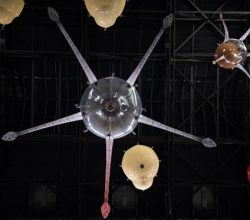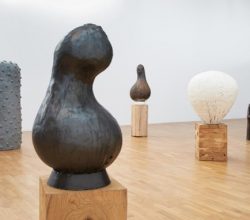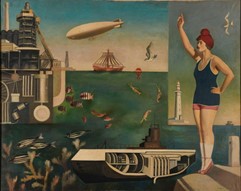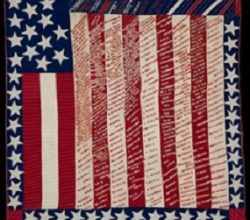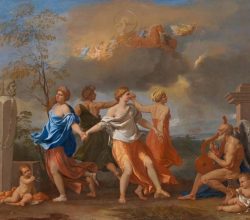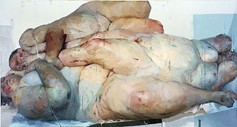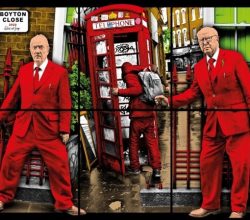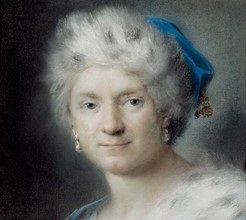
‘It’s almost confessional’ — massimiliano gioni on ed atkins exhibition at the new museum
Nina Azarello | Designboom | 22nd June 2021
Ed Atkins is widely regarded as a leading figure in video art. One of his recurring themes is how the self is transformed in the digital realm. His most recent work (preview is here) is a conversation with his mother where the artist is represented by an avatar. “As I was watching the video, I kept thinking of what it really meant to see a digital creature speak to its mother … [this is] an essay about distance … technology promises the comfort of presence but often just delivers ghosts.”


